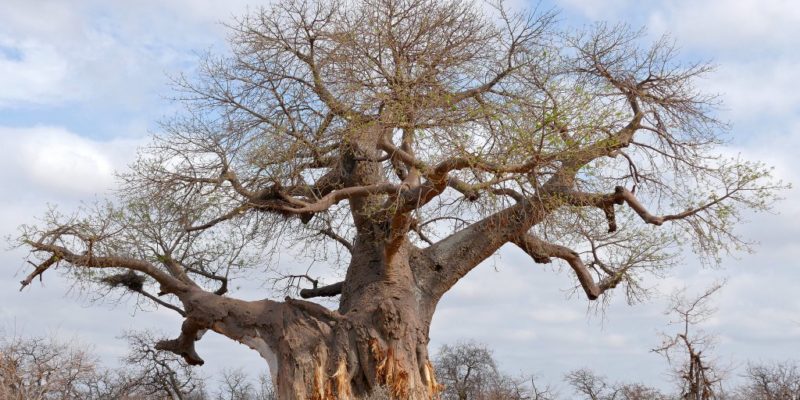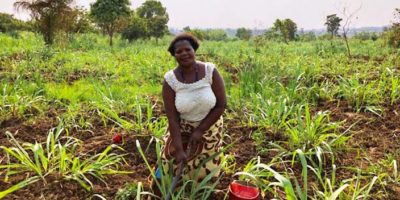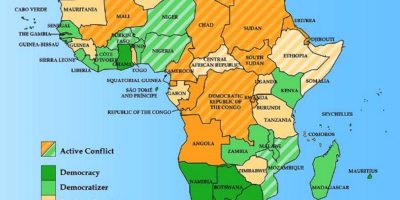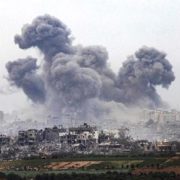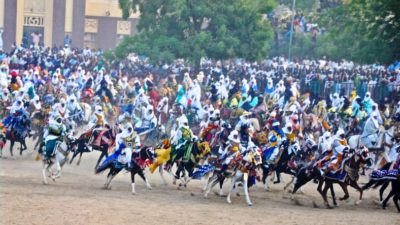Population growth, adherence to land distribution customs, and a small country are combining to make Swaziland a crowded place, rapidly running out of room to achieve food security.
The population has doubled to more than one million since independence from Britain in 1968, but according to custom each Swazi son is given a portion of land on the family farm, located on communal Swazi Nation Land administered by traditional chiefs, to build a home, cultivate maize and graze cattle.
The effects of relentless subdivision are beginning to be felt in a country where about 80 percent of the population reside in rural areas, under the rule of sub-Saharan Africa’s last absolute monarch, King Mswati III, a staunch traditionalist.
“If you divide a meal into smaller and smaller pieces to feed more people there comes a time when everyone goes hungry,” Samuel Dlamini, 25, a farmer in the central Manzini region, 70km east of the capital Mbabane, told IRIN.
O”When we were children there were eight of us living off this small farm,” he said. Dlamini is married with two children, but his three older brothers, their wives and children, and one of his two sisters all still live on the family homestead.

